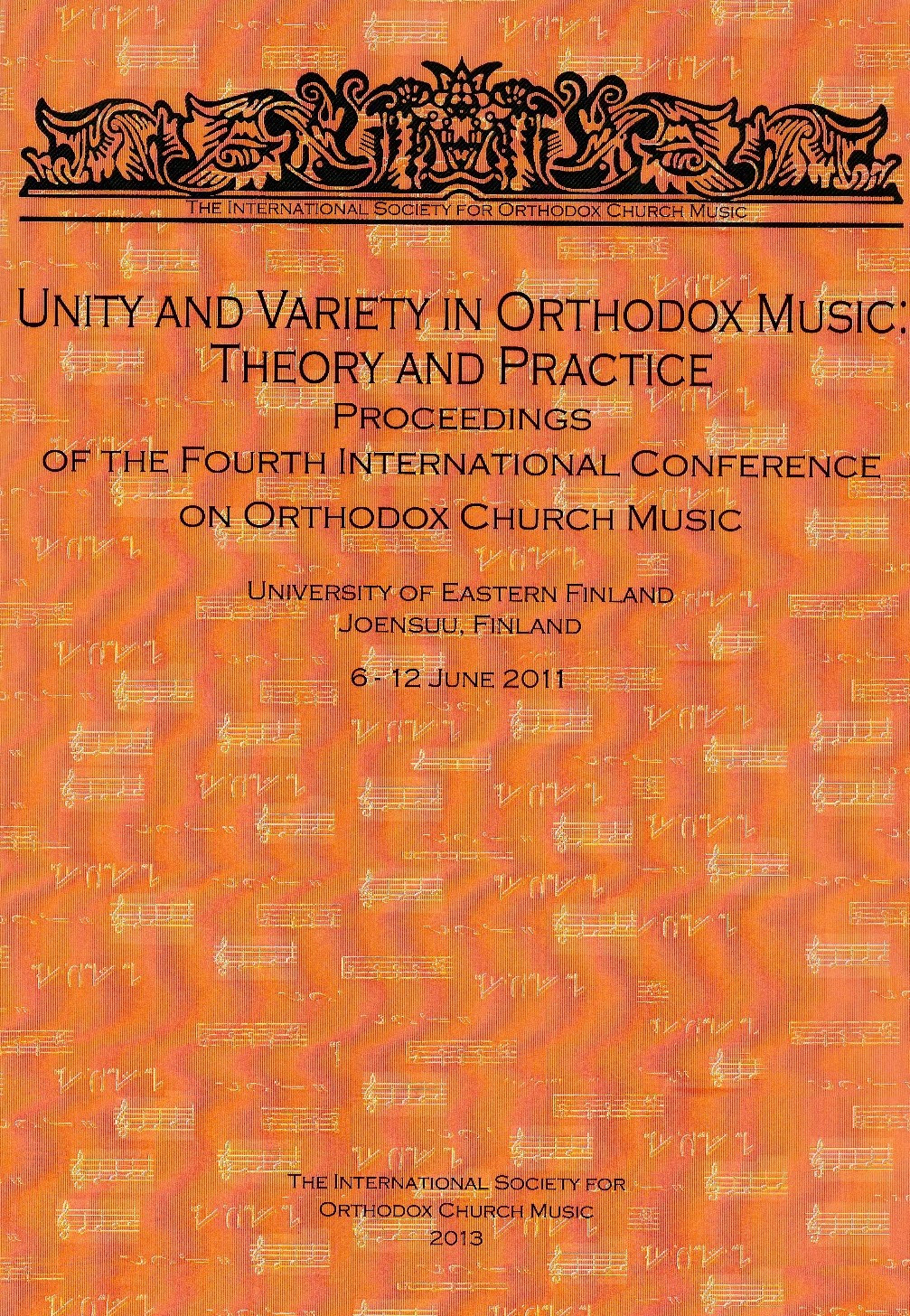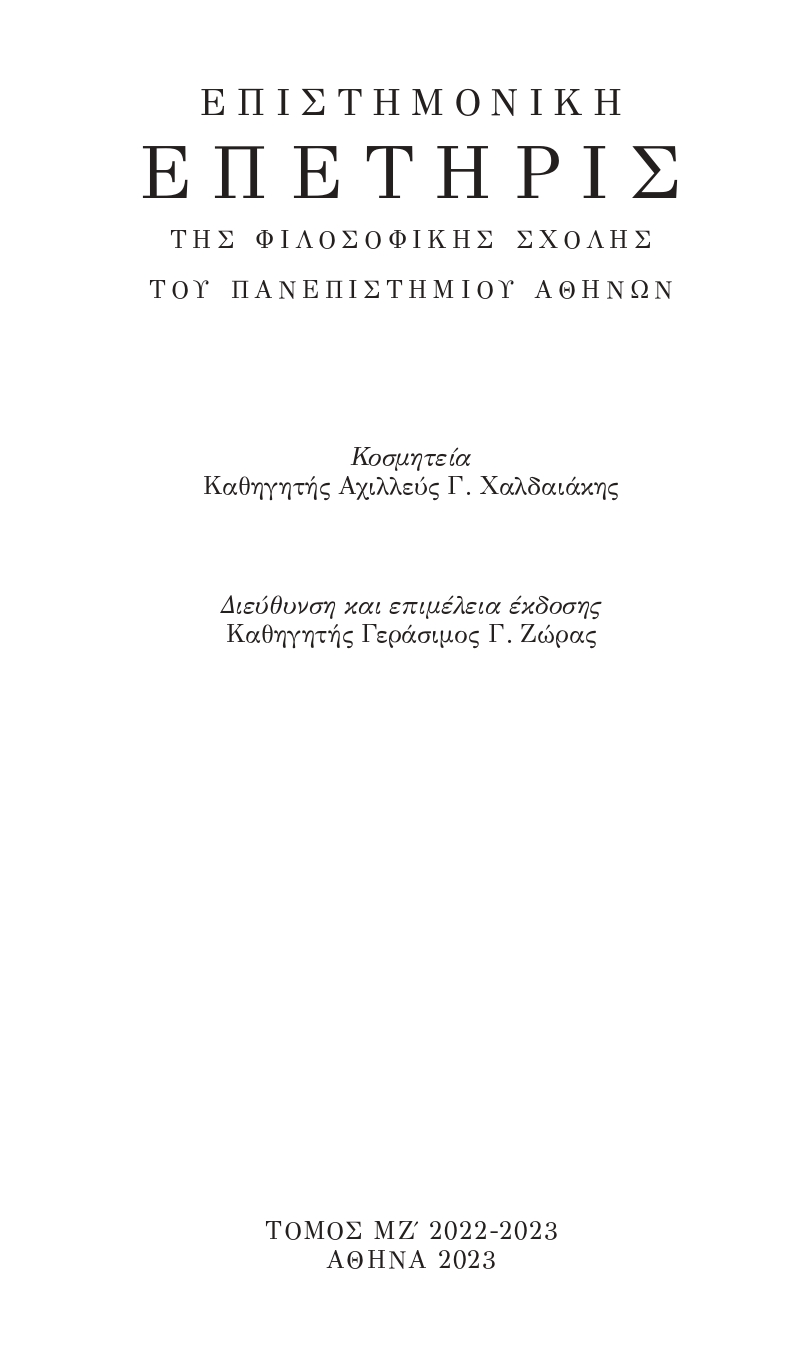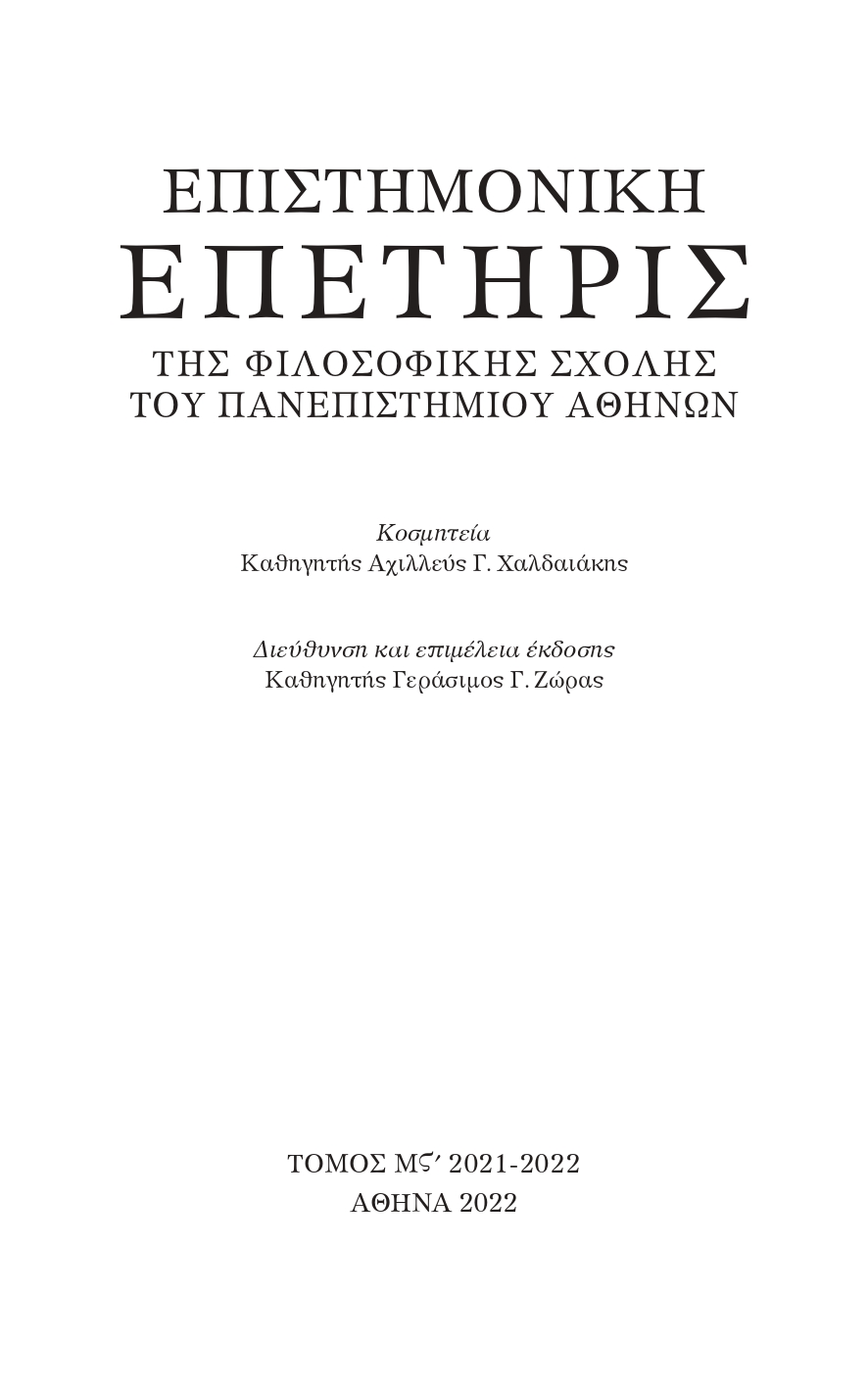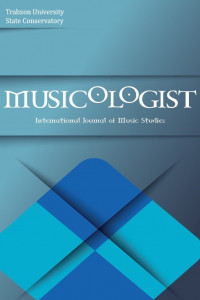The antiphony technique, according to which sacral music is interpreted in Orthodox churches all over the world, is well known: two chanters (or two choirs of chanters) facing each other sing alternately the musical parts of an acolouthia. Despite the fact that the chanters’ positioning in space is reminiscent of a battle array, its purpose is rather to achieve harmony and unity. In fact, in most works of ecclesiastic music (both older and newer) there is a similar structure in pairs. This is a composition technique, which definitely favors harmony and unity during interpretation, since the second chanter (or choir) essentially repeats, to a great extent, the melodic parts chanted by the first one. However, even though this fundamental arrangement seems to guarantee the much-desired unity on a technical level, in the concrete artistic expression of chanting interpretation there seem to be some latent factors (strictly musicological, but also historical, or even psychological and anthropological), which may instead lead to diversity and differentiation. Does the practice of antiphony in chanting reflect unity, variety, or both? This is the question I’m trying to answer in the present paper.
Εἶναι γνωστὴ ἡ ἀντιφωνικὴ τεχνική, σύμφωνα μὲ τὴν ὁποία ἑρμηνεύεται ἡ μουσικὴ στὶς ἀνὰ τὸν κόσμο ὀρθόδοξες ἐκκλησίες: δύο ψάλτες (ἤ δύο χοροὶ ψαλτῶν) ὁ ἕνας ἀπέναντι ἀπὸ τὸν ἄλλο, ψάλλουν ἐναλλὰξ τὰ ὁρισμένα μουσικὰ μέρη κάθε ἀκολουθίας. Ἡ συγκεκριμένη χωροταξικὴ διάταξη τῶν ψαλλόντων, παρότι παραπέμπει περισσότερο σὲ παράταξη μάχης μεταξὺ ἀντιπάλων, μᾶλλον ἔχει ὡς λειτουργικὸ προορισμὸ τὴν ἁρμονία καὶ τὴν ἑνότητα. Πράγματι, στὰ περισσότερα (παλαιότερα καὶ νεότερα) δείγματα τῆς ἐκκλησιαστικῆς μελοποιίας ἐπισημαίνεται εὐχερέστατα μιὰ ὅμοια ἀνὰ ζεύγη μορφολογικὴ ἀνάπτυξη. Πρόκειται γιὰ μιὰν τεχνικὴ σύνθεσης ποὺ βεβαίως εὐνοεῖ τὴν ἁρμονία καὶ τὴν ἑνότητα κατὰ τὴν ἑρμηνεία, ἐφόσον -οὐσιαστικά- μεταξὺ τῶν δύο (ἀπέναντι εὑρισκομένων) ψαλτῶν (ἤ χορῶν ψαλτῶν) ὁ δεύτερος ἐπαναλαμβάνει (σὲ μεγάλο ποσοστὸ τῶν μελωδιῶν) ὅ,τι πρωτογενῶς ψάλλει ὁ πρῶτος. Ἐνῶ, ὅμως, μὲ βάση αὐτὴ τὴ θεμελιακὴ μέριμνα, ἡ ἐπιθυμητὴ ἑνότητα φαίνεται νὰ διασφαλίζεται σὲ τεχνικὸ ἐπίπεδο, στὴν πρακτική-καλλιτεχνικὴ διάσταση τῆς ἑρμηνείας τῆς ψαλτικῆς μᾶλλον λανθάνουν ἐπιπλέον παράγοντες (ἀμιγῶς μουσικολογικοί, ἤ καὶ ἱστορικοί, ἀκόμη δὲ καὶ ψυχολογικοὶ ἤ ἀνθρωπολογικοί) ποὺ κατὰ περιπτώσεις ὁδηγοῦν -ἀντίθετα- στὴν ποικιλία ἤ καὶ τὴ διαφοροποίηση. Τί ἀντικατοπτρίζει, τελικά, ἡ διαδικασία τῆς ἀντιφωνικῆς ψαλμώδησης; τὴν ἑνότητα, τὴν ποικιλία, ἤ καὶ τὰ δύο; Σ’ αὐτὰ τὰ ἐρωτήματα ἀποπειρῶμαι, μέσῳ τῆς παρούσας ἀνακοίνωσης, νὰ δώσω ἀπαντήσεις.



